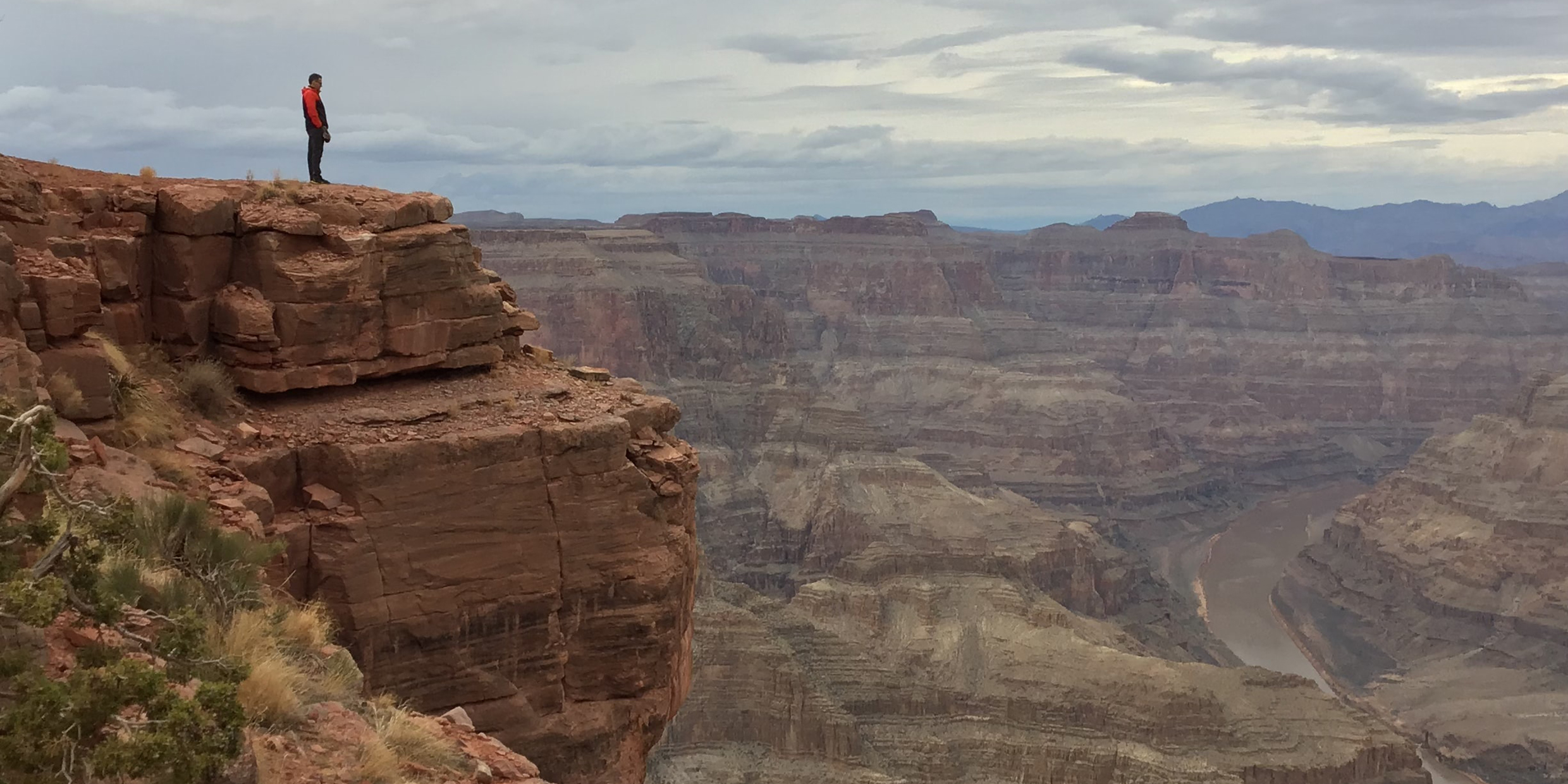Originally published 1 January 1996
A 1993 Gallup Poll posed these alternatives to Americans and asked which most closely represents their belief: 1) Humans developed over millions of years from less advanced forms of life, but God guided this process; 2) Humans developed over millions of years, but God had no part in the process; or 3) God created humans pretty much in their present form at some time within the last 10,000 years.
Forty-six percent of Americans agreed with 1 or 2. Forty-seven percent chose option 3. Seven percent had no opinion.
In other words, the country is about evenly divided between those who presumably believe the Earth is billions of years old, as scientists say it is, and those who presumably believe it is less than 10,000 year old, as implied by a literal interpretation of the Bible. The polls didn’t directly ask the question of the Earth’s age, but it is my guess that these are the only two opinions about that question that have substantial numbers of adherents. I have never met anyone who did not believe one or the other.
In my Earth Science class, students must make a time line of Earth history. One young woman turned in a big ball of yarn, with each foot of yarn representing 10 million years. Major geological eras — Precambrian, Paleozoic, Mesozoic, Cenozoic — were different colors of yarn, and buttons tied along the strand were keyed to major events in Earth’s 4.5 billion-year history. When the ball of yarn is unwound, it is 450 feet long — the length of one-and-a- half football fields — an impressive representation of the abyss of geologic time.
On this same scale, 10,000 years is about the thickness of a piece of paper.
When I saw that ball of yarn rolled out, it occurred to me that there is probably no issue upon which Americans are more dramatically and evenly divided than the age of the Earth. One-and-a-half football fields vs. the thickness of a piece of paper. Nothing in between.
Some decades ago, the British scientist and novelist C. P. Snow suggested that we are divided intellectually into two mutually uncomprehending cultures, represented by the sciences and the humanities. But Snow’s famous “Two Cultures” are a minor fissure compared to our difference of opinion regarding the age of the Earth. The scientific evidence for a geologically ancient Earth is overwhelming, yet it is rejected by half of Americans.
The chasm between us is not one of science vs. religion.
Three-quarters of the people who opted in the Gallup poll for a geologically ancient Earth believe that God guides the process of evolution. Many devoutly religious persons perceive no conflict between science and religion.
Nor is the chasm one of reason vs. faith.
People who believe in an ancient Earth often do so as a matter of faith, because they trust the reliability of the scientific process, even if they do not understand all of the theories and observations. And many people who believe in a young Earth have rationales for their opinion.
What divides us are different frames of mind. We are Skeptics or True Believers.
Skeptics are willing to live with a measure of uncertainty. They accept the evolving nature of truth. Their world is colored in shades of gray. Skeptics are always a little lost in the vastness of the cosmos, but they trust the ability of the human mind to make sense of the world. They tend to be optimistic, creative and confident of progress. They are children of the Scientific Revolution and the Enlightenment.
True Believers are less confident that humans can sort things out for themselves. They look for help from outside — from God, spirits, or extraterrestrials. Their world is black and white. They seek simple and certain truths, provided by a source that is more reliable than the human mind. True Believers prefer a universe proportioned to the human scale. They are repulsed by diversity and comforted by dogma.
Science can thrive only among Skeptics. Some constancy of belief is essential for any way of knowing, but science is by definition driven by research, open to growth and even, on occasion, to revolutionary change. Modern technology, as an offshoot of science, is also a product of Skepticism.
True Believers cannot tolerate the uncertainty that is inherent in science. They prefer absolute truths of faith, even if they run counter to a preponderance of physical evidence.
The chasm between Skeptics and True Believers runs deep, with political, religious, social and educational overtones. A healthy, diverse society perhaps needs a measure of both frames of mind. A monoculture of True Believers would be static, intolerant, and doomed to be left behind economically and technologically. A culture of only Skeptics runs a risk of cultural anarchy, driven by shifting winds of money and power.
Are you a Skeptic or a True Believer? The question of the age of the Earth is probably as good a litmus test as any, if only because of the starkness of the choices: an unwound ball of yarn stretching away beyond human resolution, or a paper-thin span of time measured in human generations. It would appear that as a nation, we are divided down the middle.
This essay became the starting point of Chet’s 1998 book “Skeptics and True Believers,” which explored these ideas in depth. ‑Ed.



